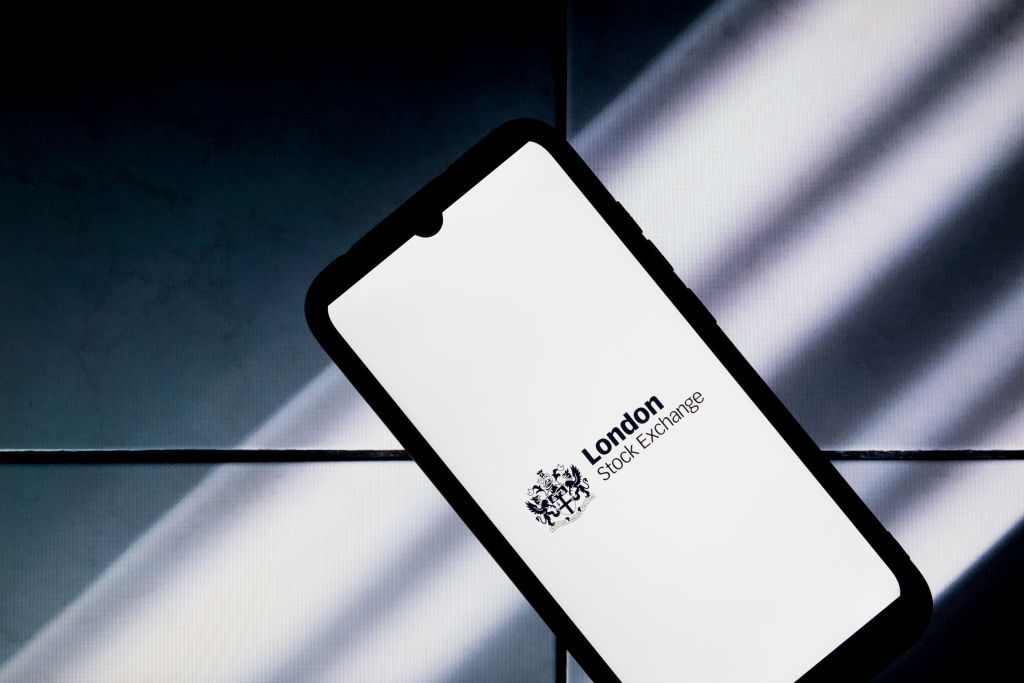30 April 1975: The fall of Saigon
The fall of Saigon to North Vietnamese forces brought the Vietnam War to an end on this day in 1975.

On this day in 1975, Dutch photographer Hubert van Es took one of the most iconic pictures of the last century. It showed hundreds of South Vietnamese scrambling to get aboard a lone American helicopter precariously perched on the roof of an apartment building in Saigon. The Vietnam War was over.
Two years before that moment, in 1973, Secretary of State Henry Kissinger and Vietnamese communist party official Le Duc Tho had been somewhat prematurely awarded the Nobel Peace Prize following the Paris Peace Accords.
There, they had agreed to a ceasefire and the withdrawal of American troops from Vietnam. But Tho turned down the award and indeed, the peace wasn't to last.
MoneyWeek
Subscribe to MoneyWeek today and get your first six magazine issues absolutely FREE

Sign up to Money Morning
Don't miss the latest investment and personal finances news, market analysis, plus money-saving tips with our free twice-daily newsletter
Don't miss the latest investment and personal finances news, market analysis, plus money-saving tips with our free twice-daily newsletter
In December 1974, the North Vietnamese Army and communist guerrillas from South Vietnam, the Viet Cong, launched the Spring Offensive. By April 1975, they were bearing down on the South's capital, Saigon, having taken the cities to the north.
US president Gerald Ford appealed to Congress for $722m in military aid to help the stricken Saigon government. The request fell on deaf ears. Close to 60,000 American soldiers had died during the course of the war, and the financial costs were still mounting.
The evacuation of the remaining American personnel began on 29 April, codenamed Operation Frequent Wind. But despite being the biggest helicopter airlift in history, thousands of South Vietnamese, including those who worked at the US embassy, were left behind.
The next day, a tank flying the Viet Cong flag crashed through the gates of the presidential palace, and the government of South Vietnam surrendered. Saigon was promptly renamed Ho Chi Minh City, in honour of the late communist leader.
Today, Coca-Cola billboards, McDonald's restaurants and Chanel boutiques are a clear sign of how much economic liberalisation has changed Vietnam since that fateful day in 1975.
Get the latest financial news, insights and expert analysis from our award-winning MoneyWeek team, to help you understand what really matters when it comes to your finances.

-
 Tetragon Financial: An investment trust with stellar returns
Tetragon Financial: An investment trust with stellar returnsTetragon Financial has performed very well, but it won't appeal to most investors – there are clear reasons for the huge discount, says Rupert Hargreaves
-
 How to profit from the markets’ pessimism about Britain
How to profit from the markets’ pessimism about BritainOpinion There was little in the Budget to prop up Britain's stock market, but opportunities are hiding in plain sight. Investors should take advantage while they can